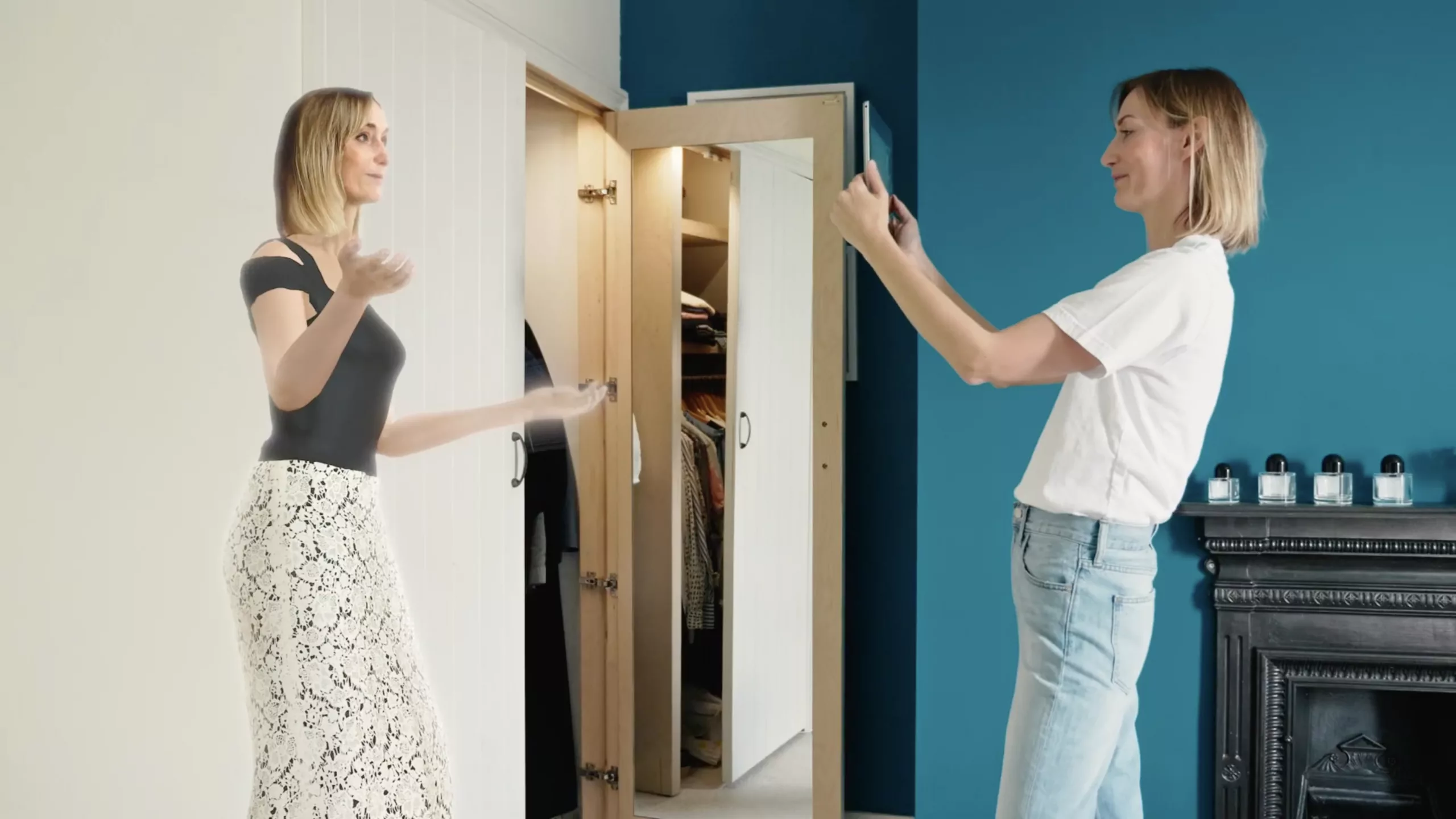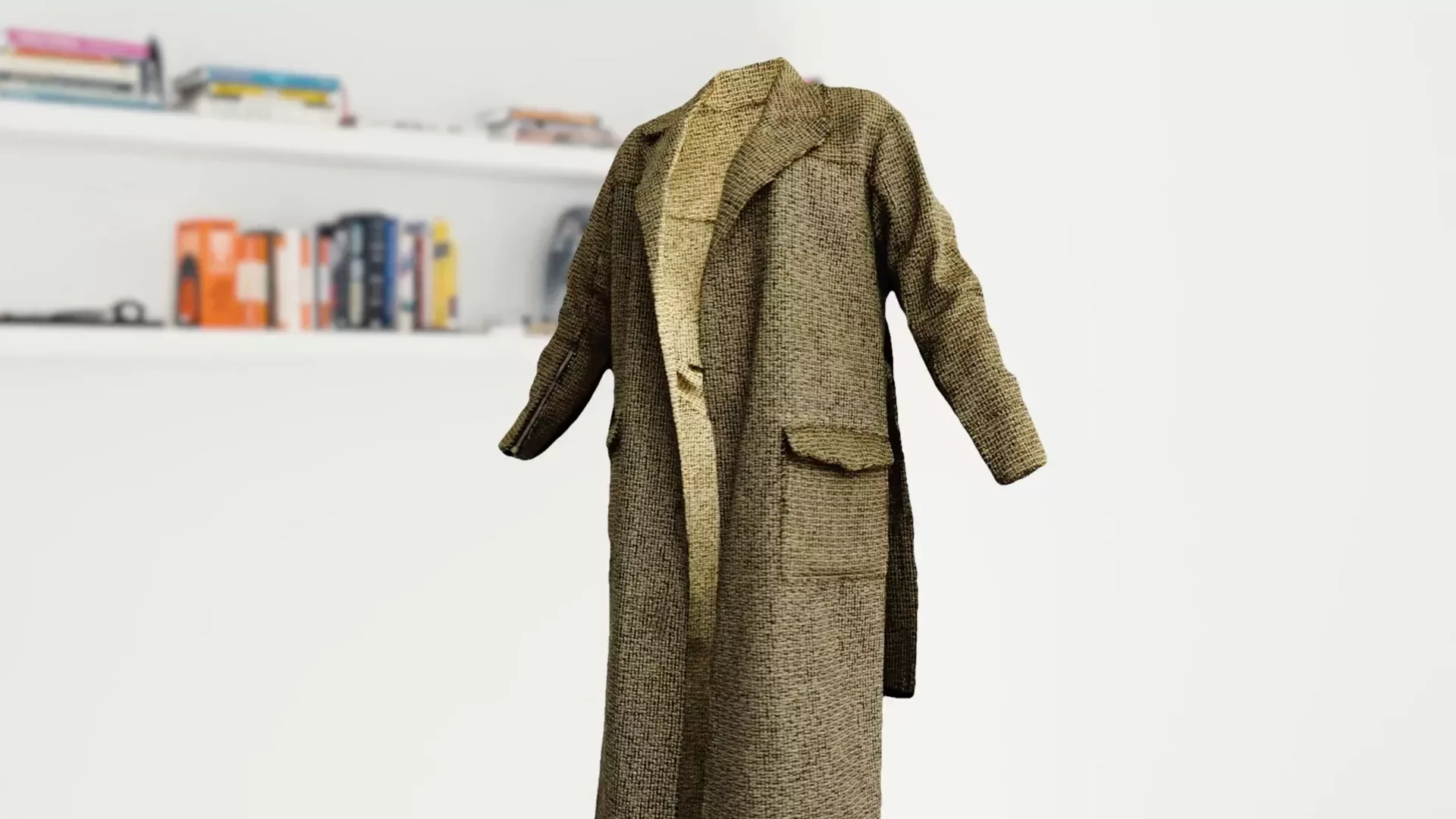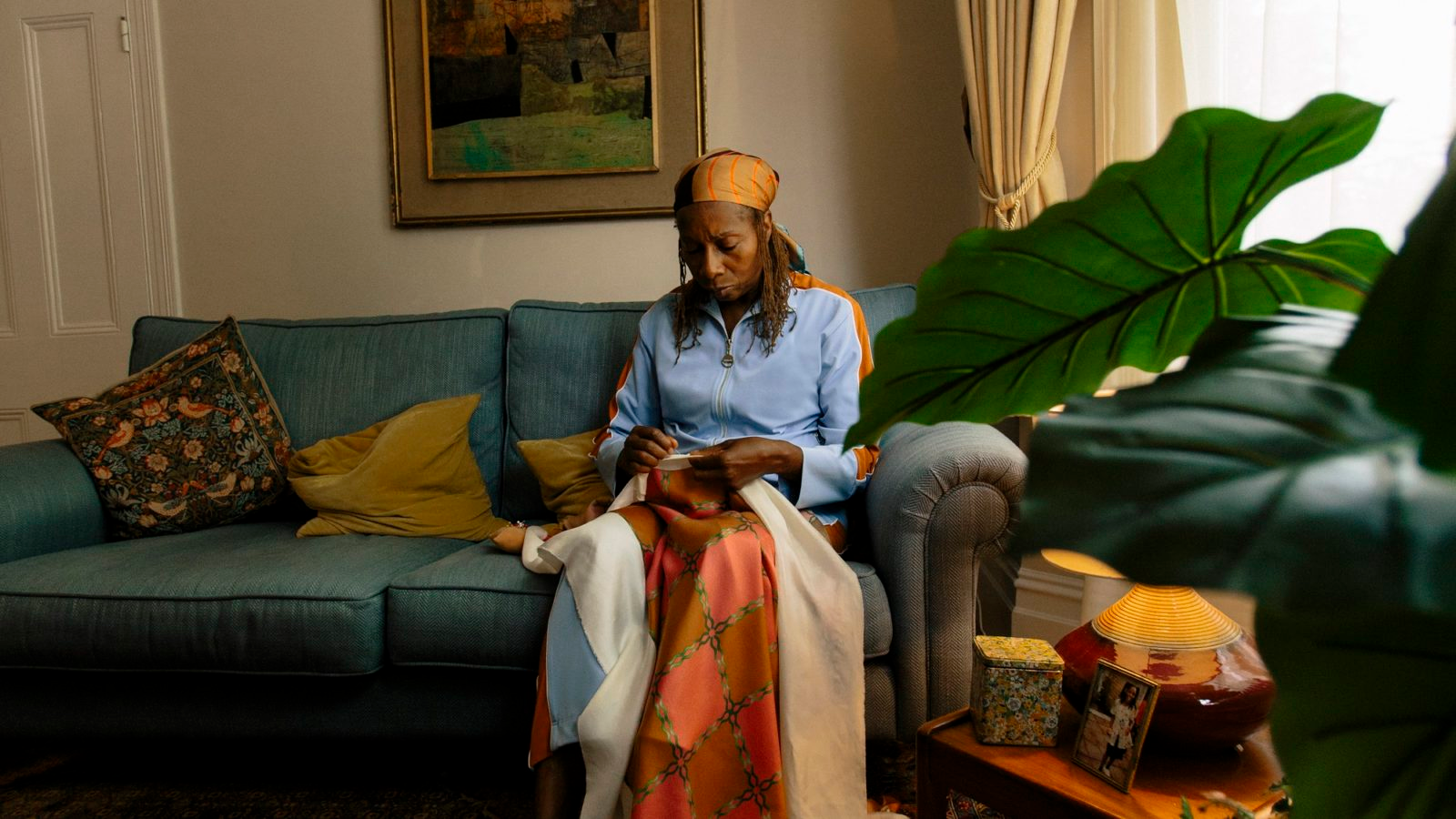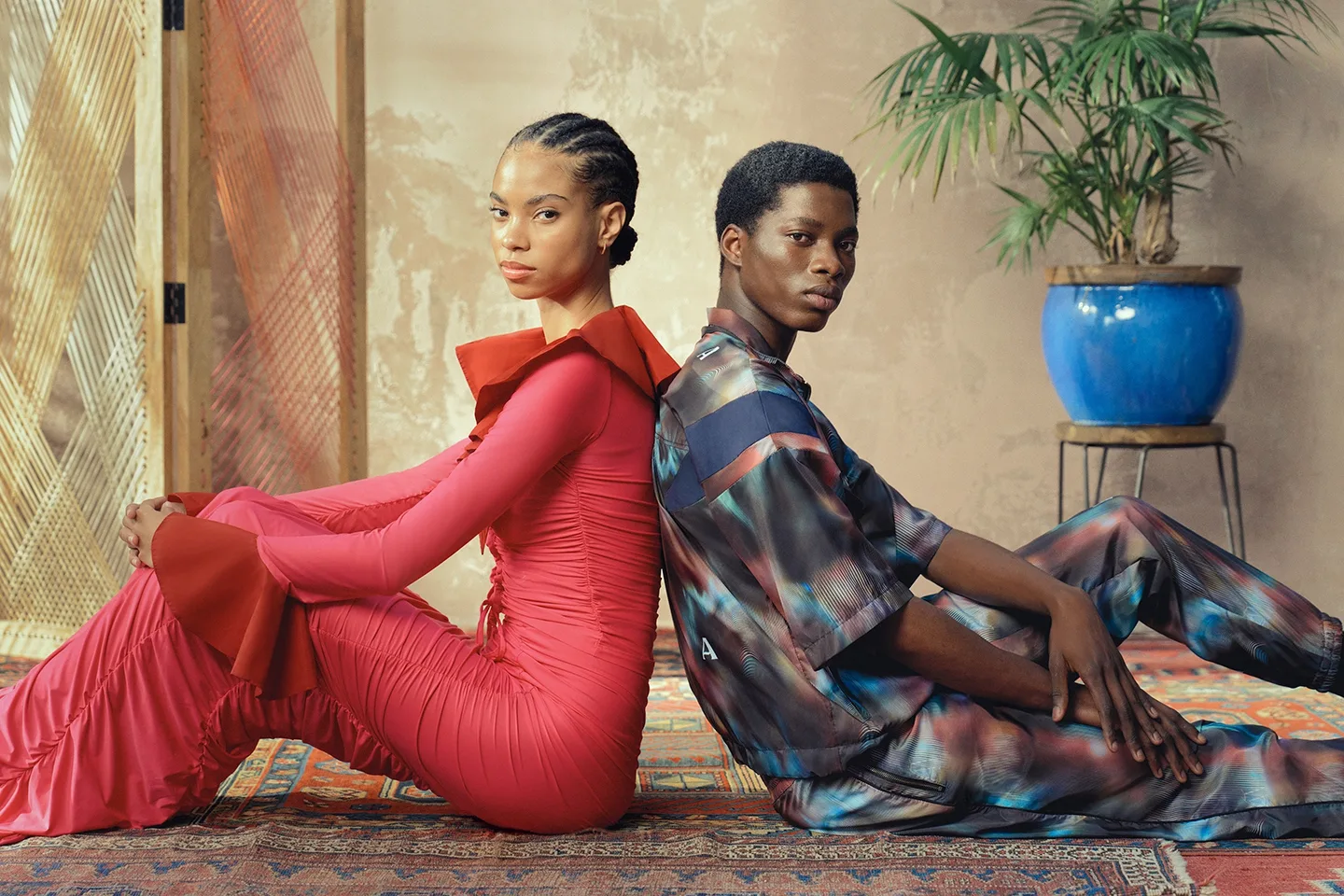Meet your personal digital stylist
What is the meaning behind what we wear? Why is it that from fitting rooms to fashion runways, deciding what to wear is a universal morning conundrum? The answer lies in the ways that our clothing projects who we are to the world.
The Fashion Innovation Agency (FIA) at London College of Fashion, University of the Arts London set out to transform the ritual of getting dressed, dreaming up a new way for fashion lovers to try on clothing and get customized style tips—all from their personal devices.
These digital human stylists—powered by Microsoft AI, IoT, and Natural Language Processing and Reactive Reality’s PictoFit technology—have the potential to disrupt the fast-changing fashion industry.
So, what are digital human stylists exactly? They’re like personal avatars, only much more realistic and complex. The digital humans are brought to life with effortless natural animations and speech, each one customized to a user’s body and style preferences.
Interacting and building trust with digital humans will have a huge impact on the way we experience and consume fashion.
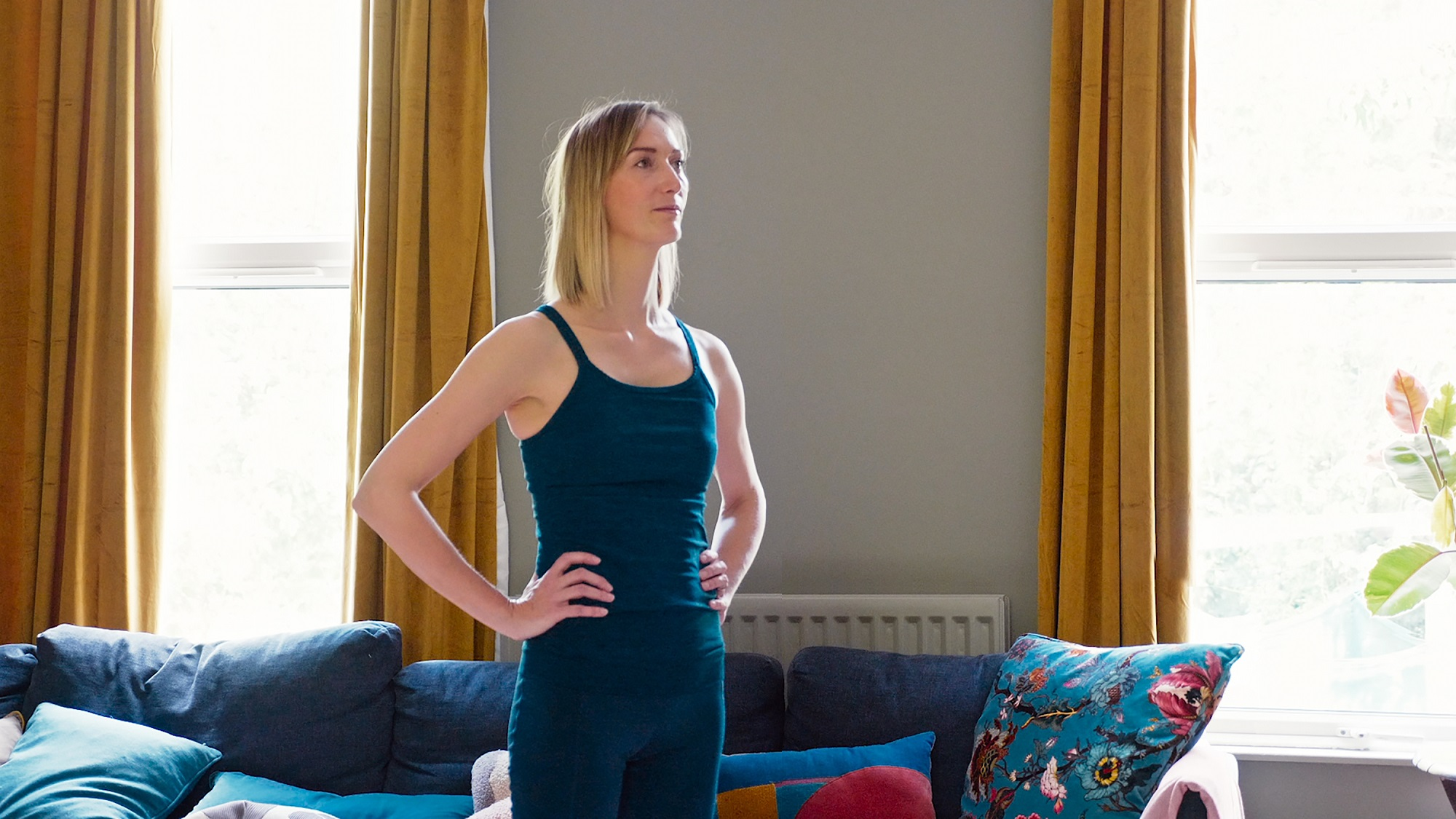
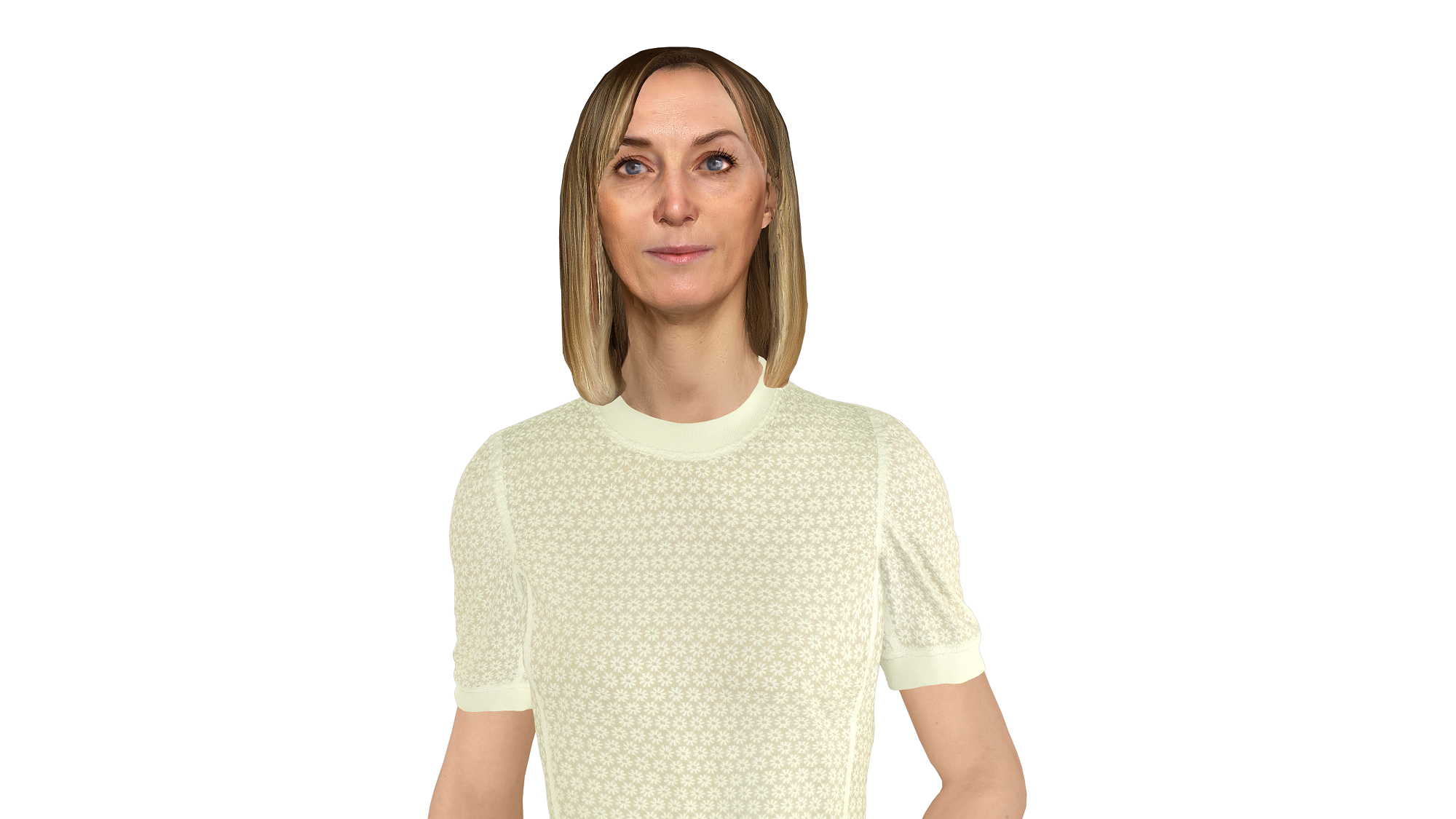
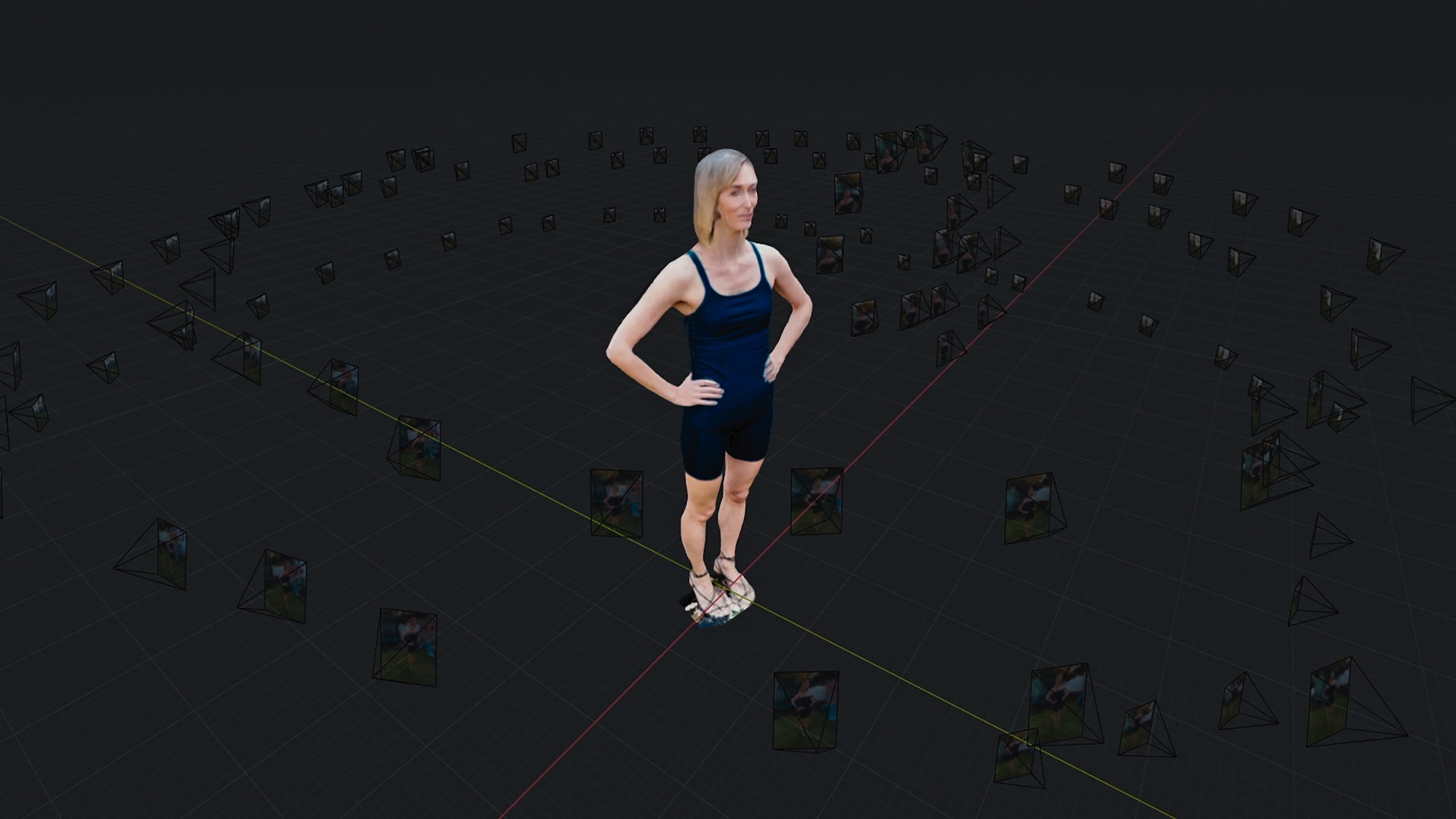
Like each of us, every digital human stylist is unique. They’re tailored to a person’s own body shape and driven by the clothes they already own. They’re infused with valuable data like current location, local services, weather, and community information. This nuanced data then informs how digital stylists create outfit recommendations based on pre-scanned 3D garments stored in a user’s digital wardrobe, offering more fashionable and sustainable ways for us to make our daily clothing choices.
The interaction with the digital humans goes beyond just what we wear in the here and now. Using Microsoft’s HoloLens 2 or a mobile device, people can have actual conversations with their digital humans about their future choices, as well: providing feedback about outfits, requesting new garment options, and even adding alternate looks or garments to their wardrobes.
The digital human stylists also leverage a broad suite of products to make relevant style recommendations. Bing search provides a broad slate of outfits and can be used to locate local services like dry cleaning or fill gaps in a user’s wardrobe with new garments for purchase. With help from an Outlook calendar, digital humans provide outfit options while considering schedules. Whether it’s a wedding or a job interview, each outfit is tailored around parameters like venue, location, and guest list, so you don’t end up wearing the same outfit with the same people twice.
This game-changing project has massive potential across retail, enterprise, advertising, and the entire fashion industry. FIA is always pushing the envelope of what’s possible with technology, and while currently the project is a proof-of-concept demo, it’s a window into what the wardrobe of tomorrow might look like.
